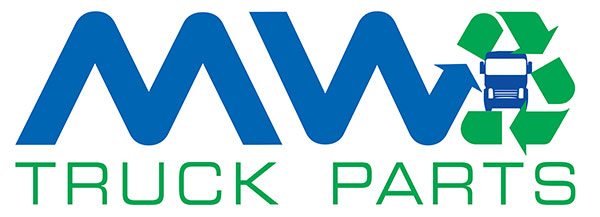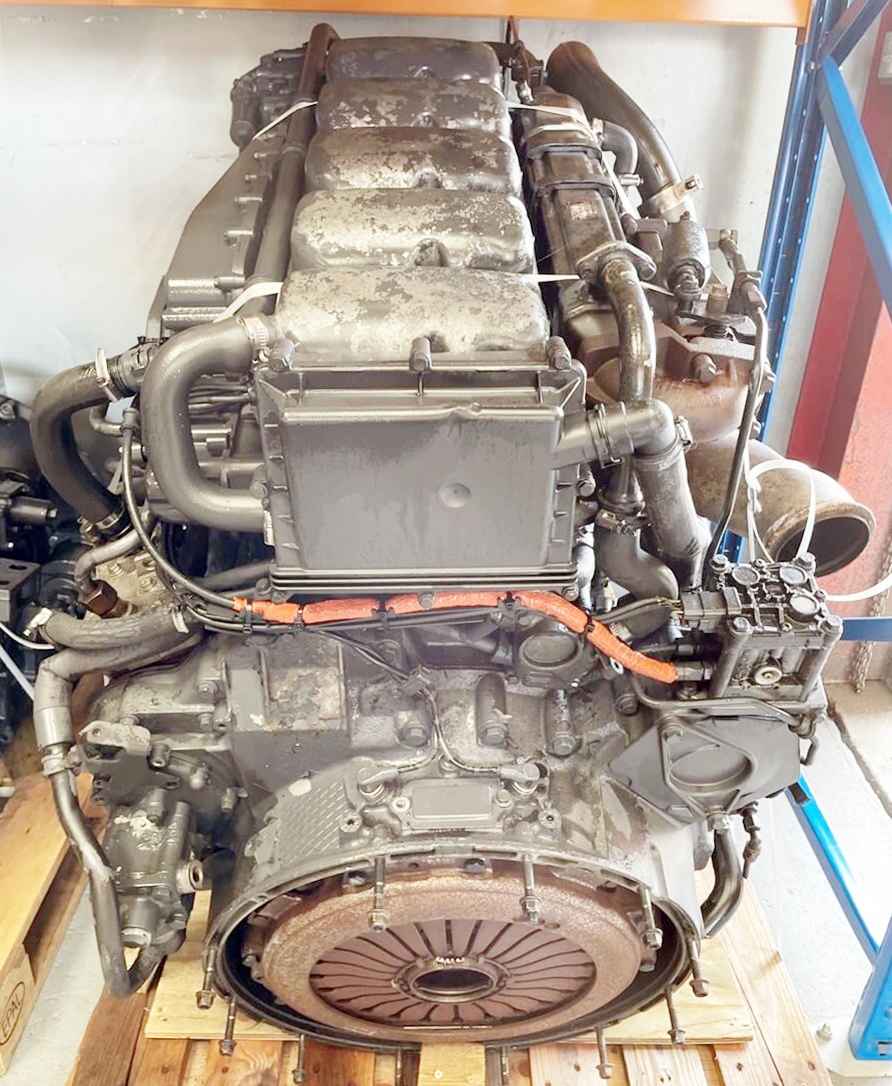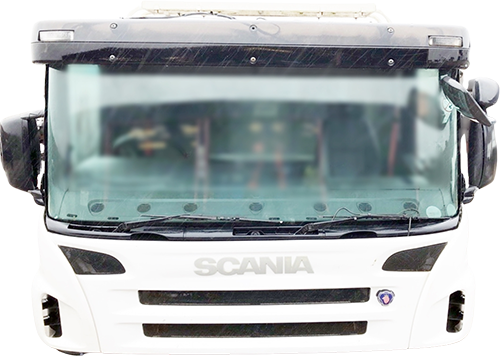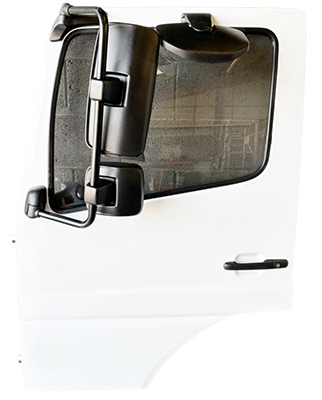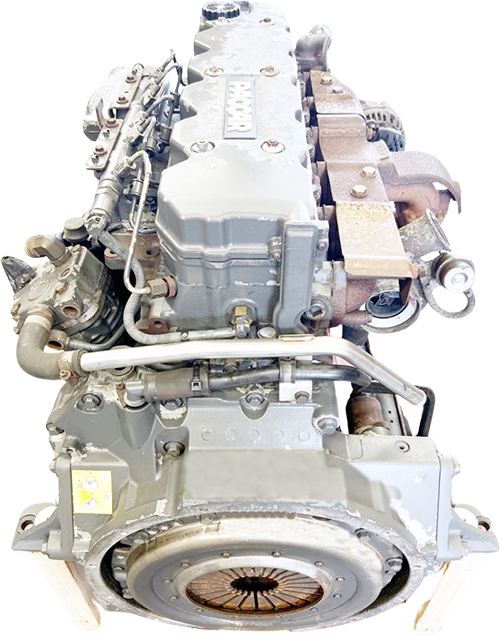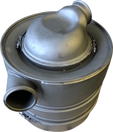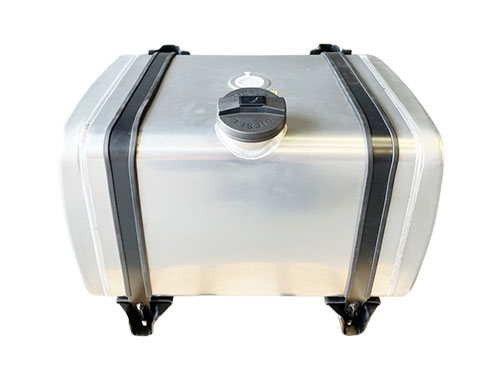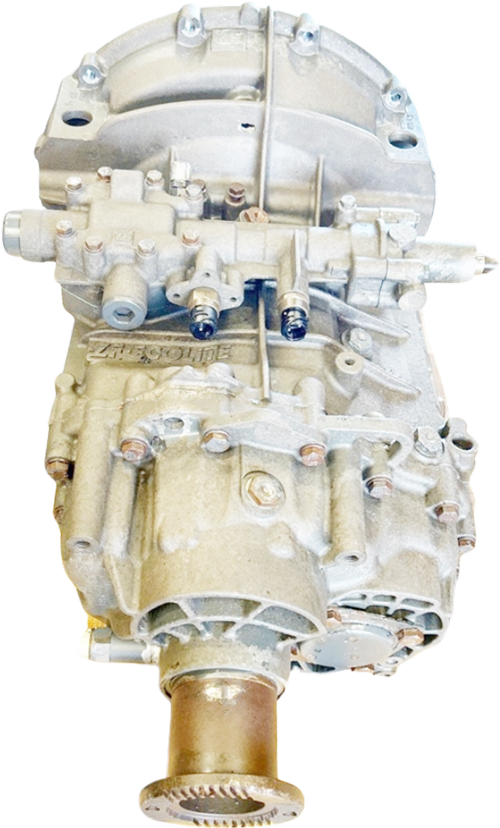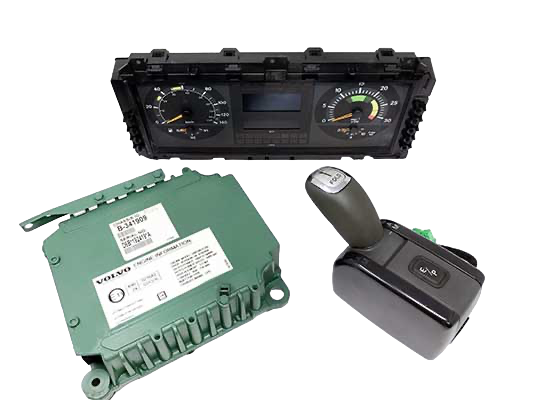Scania trucks are powered by Scania AB engines – Scania AB is Scania’s manufacturing arm for heavy lorries, trucks, and buses.
The Scania brand is also part of the TRATON Group, which owns heavy haulage names like MAN, Navistar, and Volkswagen Truck & Bus.
Scania engine manufacturing location
Scania has engine and axle manufacturing sites in Södertälje and Falun, Sweden.
Engine components are manufactured at both sites and fully assembled on production lines before distribution to European networks.
Scania’s trucks are built in Sweden, Russia (jointly with MAN), France, and the Netherlands, with the largest production facilities in Sweden.
Scania’s engine range
Most older Scania engines are D series engines, like the D12, and P series engines, such as the P230 and P95. Older variants are Euro 3 or Euro 4 compliant and were compliant before Adblue regulations came into force.
The 2024 lineup includes 9-litre, 13-litre, and 16-litre engines for lorries and marine equipment. The DC13 is one of their most versatile engines, powering heavy trucks and marine vessels. Trucks typically deliver between 370-500 hp, ideal for long-haul transportation. For marine use, the same engine produces up to 825 hp.
The DC16 is available in the flagship R-series and S-series trucks. In truck form, it produces up to 770 hp with massive torque for heavy transport.
Related: A rundown of popular DAF Paccar Cummins truck engines
Marine engines like the D16 series can deliver up to 1,150 hp for vessels while meeting strict environmental standards like IMO Tier II and III.
Scania’s industrial engines are designed for heavy machinery, with the DC16 series capable of producing up to 770 hp. Scania engines provide reliable electricity output ranging from 250 kVA to over 800 kVA for power generation.
Scania’s push for engine sustainability
After nearly ten years of development, Scania has launched what it calls its next-generation inline engines.
These aren’t just tweaked versions of the old ones – they’re completely fresh designs that have borrowed heavily from their award-winning Super truck program.
Related: What size engine is in the average lorry?
The star of the show is Scania’s new 13-litre engine. Scania’s managed to squeeze out more power while actually using less fuel, which is no small feat. They’ve made it play nice with renewable fuels, too – it’ll run on 100% HVO without breaking a sweat.
But perhaps the most impressive aspect is how long these engines last – they’ve managed to increase their lifespan by 50% compared to their previous engines.
What’s clever is that Scania is not putting all its eggs in one basket. While it’s pushing hard on electric power, it knows that good old diesel engines still have their place, especially in heavy haulage, where battery power just isn’t quite there yet.
So, they’ve ensured these new engines are as clean and efficient as possible while still delivering the grunt that truckers need.
Further reading: A fast guide to Mercedes truck engines






